Topic: Computational Thinking
Date: January 13 – 14, 2024
Time: 11:00 – 15:00 GMT
Format: Online on Zoom
Duration: 2 Sessions (8 Hours)
Registration Deadline: January 12, 2024
Total Seats: 50 seats
Difficulty: Beginner – Intermediate
Language: English
Certificate: Yes
General Registration: 80 EUR
Fee For Digital Members: 68 EUR (15% discount available only for Digital Members)
Organized By: PAACADEMY
Tutor: Ignacio Revenga
Recordings: Recordings will be available for all participants afterward indefinitely.
Introduction
COMPUTATIONAL THINKING: CORALLINE FORMATIONS
The language we use predetermines how neural connections are generated in our brain, structuring our logic and thoughts and therefore the way we understand the world around us. In the field of design, computational thinking is understood as a language that will generate a new way of conceiving and designing the geometries and spaces that describe an architectural design. This computational conception of design and architecture is subject to the extrapolation and rationalization of the dimensional parameters and the rules of geometric behavior that determine the possible results. By applying in parallel the field of biomimicry and computational protocols to architectural design, complex geometries inspired by the intrinsic rules found in nature are controlled by simple components or parameters.
The Scope of the Workshop:
The workshop focuses on the development of architectural solutions for complex geometries developed through simple processes for the generation of the basic geometry based on Voronoi distributions, the topological study and subsequent development through physical simulations, data manipulation and visualization, and the generation of structural lattices based on the obtained geometry.
- Basic geometry generation using Voronoi distributions
- Custom subdivision of the mesh
- Physical simulations – mesh relaxation (Kangaroo)
- Data and Geometry manipulation
- 3D Voronoi Cells distributions and short path method (Shortest Walk)
- Volumetric Modelling (Dendro)
Methodology:
The main objective of the course is to develop a computational thinking methodology, incorporating concepts from the biomimicry field to be integrated into architectural design. Designing an architectural pavilion produced exclusively in Grasshopper, a script will be developed, starting with simple processes for the generation of the basic geometry, which through physical simulations and manipulation of geometry and data, can be transformed into an architectural space determined by an organic structural lattice inspired by corals.
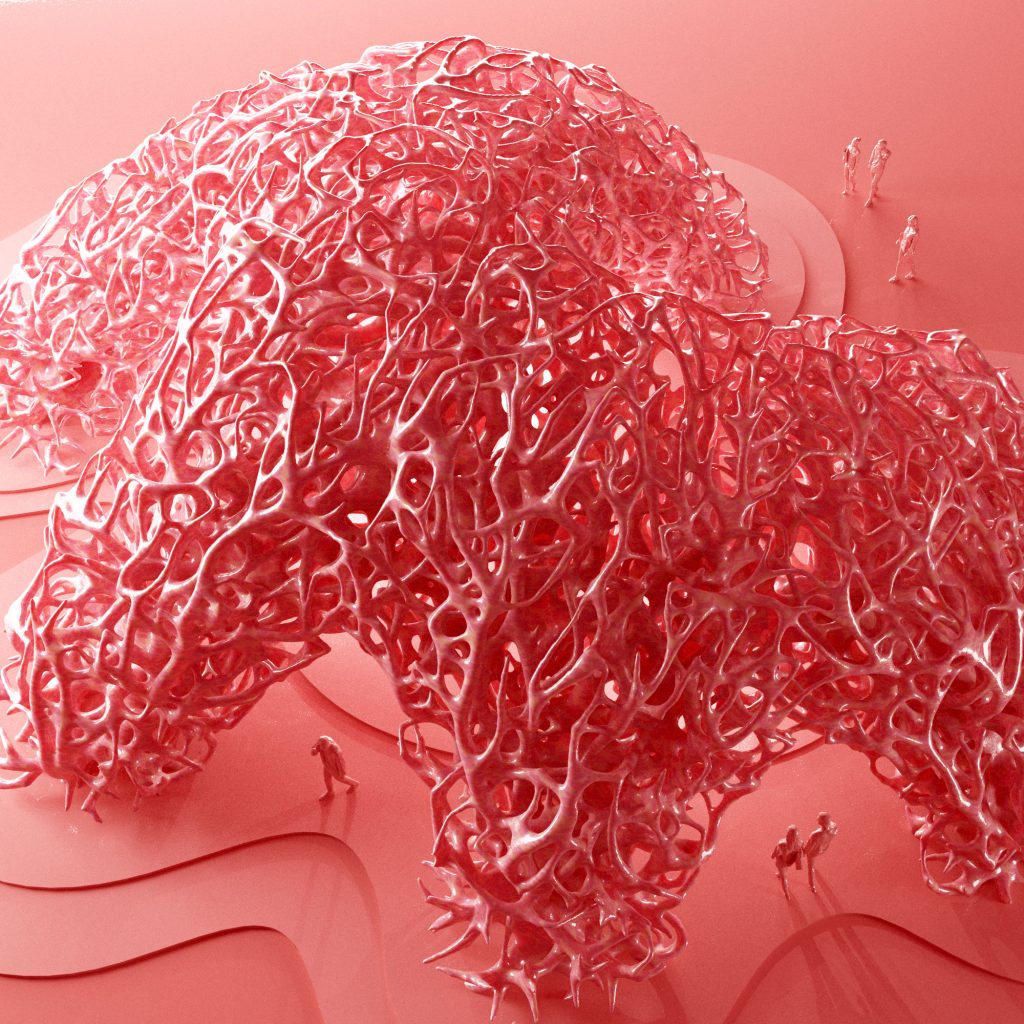

Program:
Session 1: Saturday, 13th January, 2024
- Presentation / Introduction
- Grasshopper Script Design
- Q&A
Session 2: Sunday, 26th January, 2024
- Grasshopper Script Design
- Rendering – Post Production
- Q&A
Software:
- Rhinoceros 6 /7 (Required)
- Grasshopper
Grasshopper Plugins
- Kangaroo
- Pufferfish
- Weaverbird
- Shortest Walk
- Dendro
- Bifocals
Important Notes:
- The “Computational Thinking” Studio workshop by PAACADEMY will start on Saturday, 14th January, at 11:00 (GMT).
- Total sessions: 2 Sessions
- The teaching duration per session will be 4 hours.
- Students will have time for a break between teaching hours.
- Each session and the entire studio will be recorded, and videos will be available for participants just a day after the class for unlimited time.
- PAACADEMY will provide a certificate of attendance.
- No previous knowledge of any software is required. You will learn everything in the workshop.
- The studio has limited seats. Tickets are non-transferable & non-refundable. Please read carefully before you register.
Instructor:
Ignacio Revenga
Ignacio Revenga, Spanish architect, artist, and computational designer, will be tutoring a 2-day workshop that combines computational design and biomimicry applied to architecture. Ignacio has a Bachelor’s Degree and a Master’s in Architecture from the Superior School of Architecture at the Polytechnic University of Madrid, Spain where he was invited as the main lecturer in two seminaries for students about how to apply coding to architecture using Grasshopper and Rhinoceros as interface and he participated in Computational Design Next 10 conference as a guest tutor. Specialized in parametric design and computational protocols he pushes the limits of traditional architecture with complex geometries combining knowledge from new technologies and materials within the knowledge from nature (biomimicry, etc) and form-finding methods. He collaborated with CAZA as an architectural designer on several projects including Delgado Mausoleum, Camsur Capitol, BCDA Iconic Building, Cartagena Airport, La Salle Academic Complex, The Cocoon, and La Vega, among others.
If you’re new to Grasshopper, these courses are an excellent resource to start with the basics:
Topic: Computational Thinking
Date: January 13 – 14, 2024
Time: 11:00 – 15:00 GMT
Format: Online on Zoom
Duration: 2 Sessions (8 Hours)
Registration Deadline: January 12, 2024
Total Seats: 50 seats
Difficulty: Beginner – Intermediate
Language: English
Certificate: Yes
General Registration: 80 EUR
Fee For Digital Members: 68 EUR (15% discount available only for Digital Members)
Organized By: PAACADEMY
Tutor: Ignacio Revenga
Recordings: Recordings will be available for all participants afterward indefinitely.



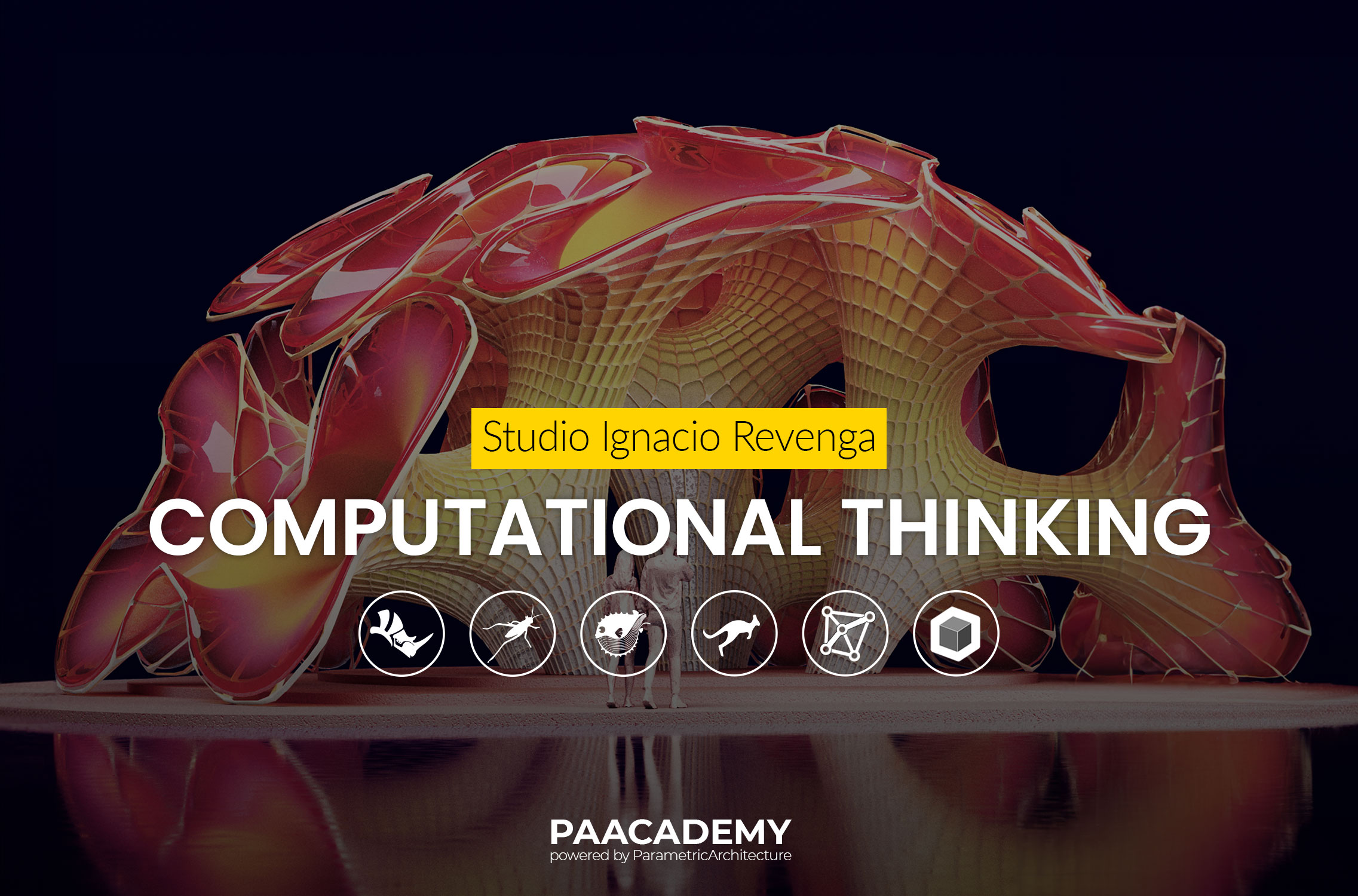





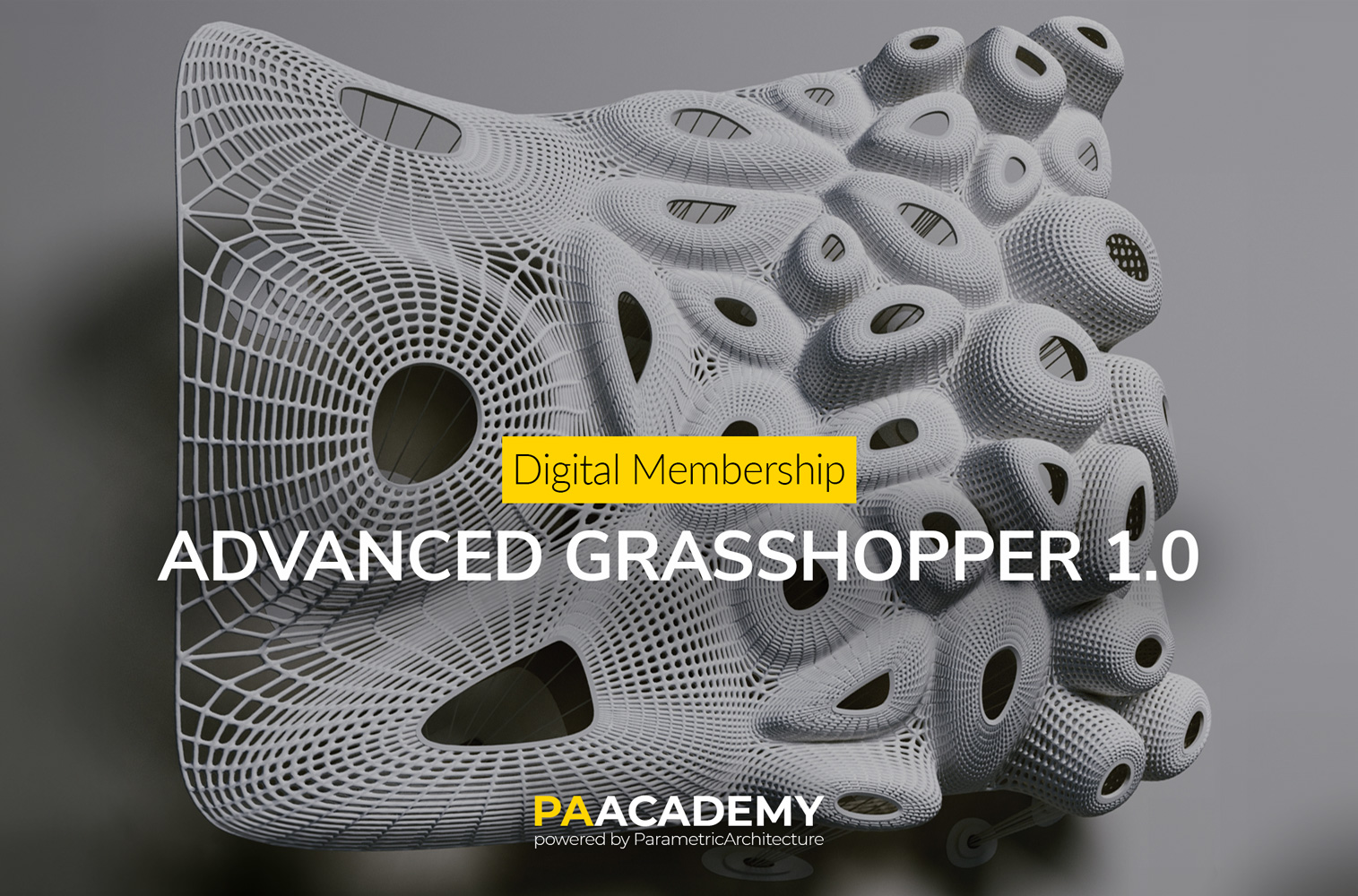



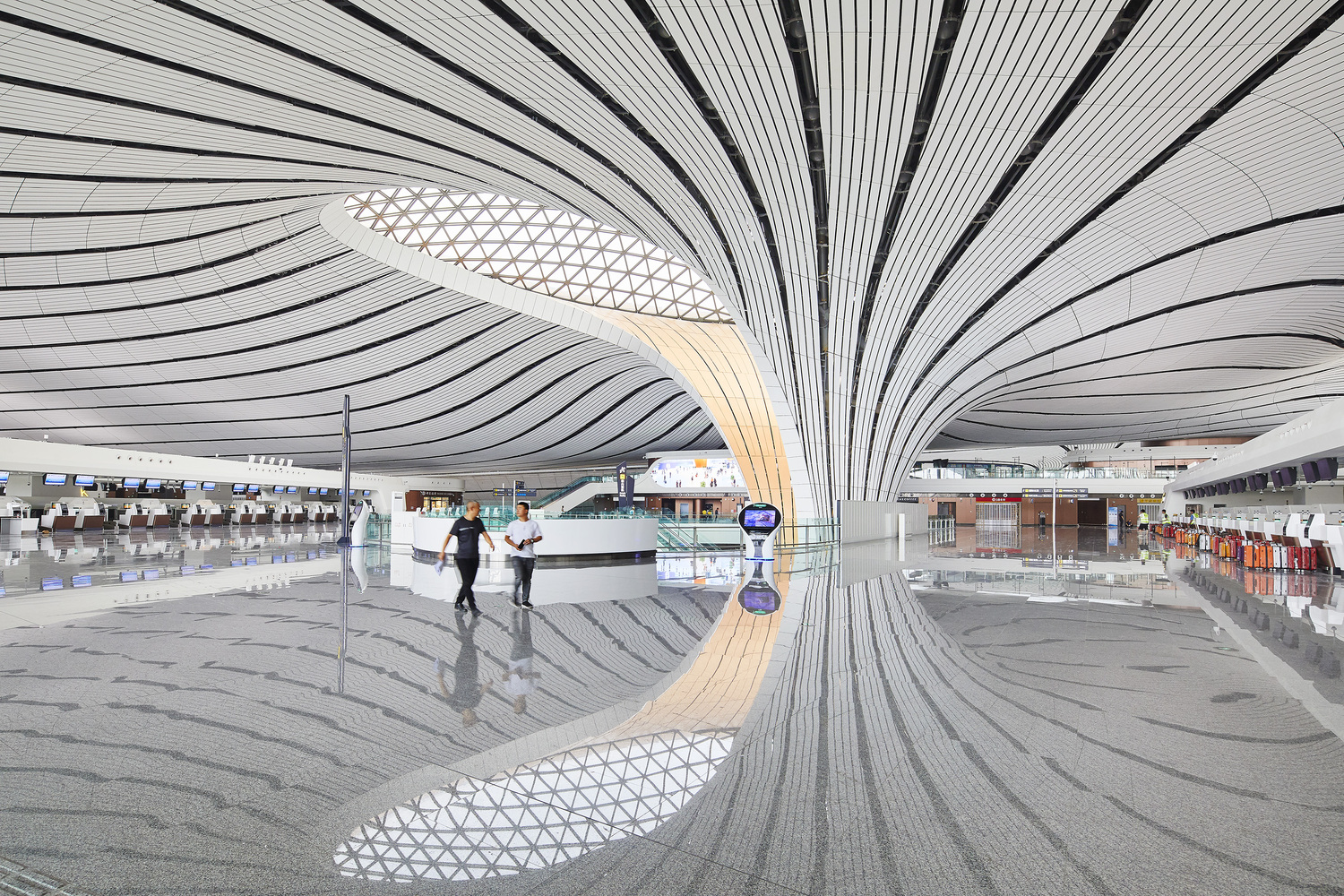
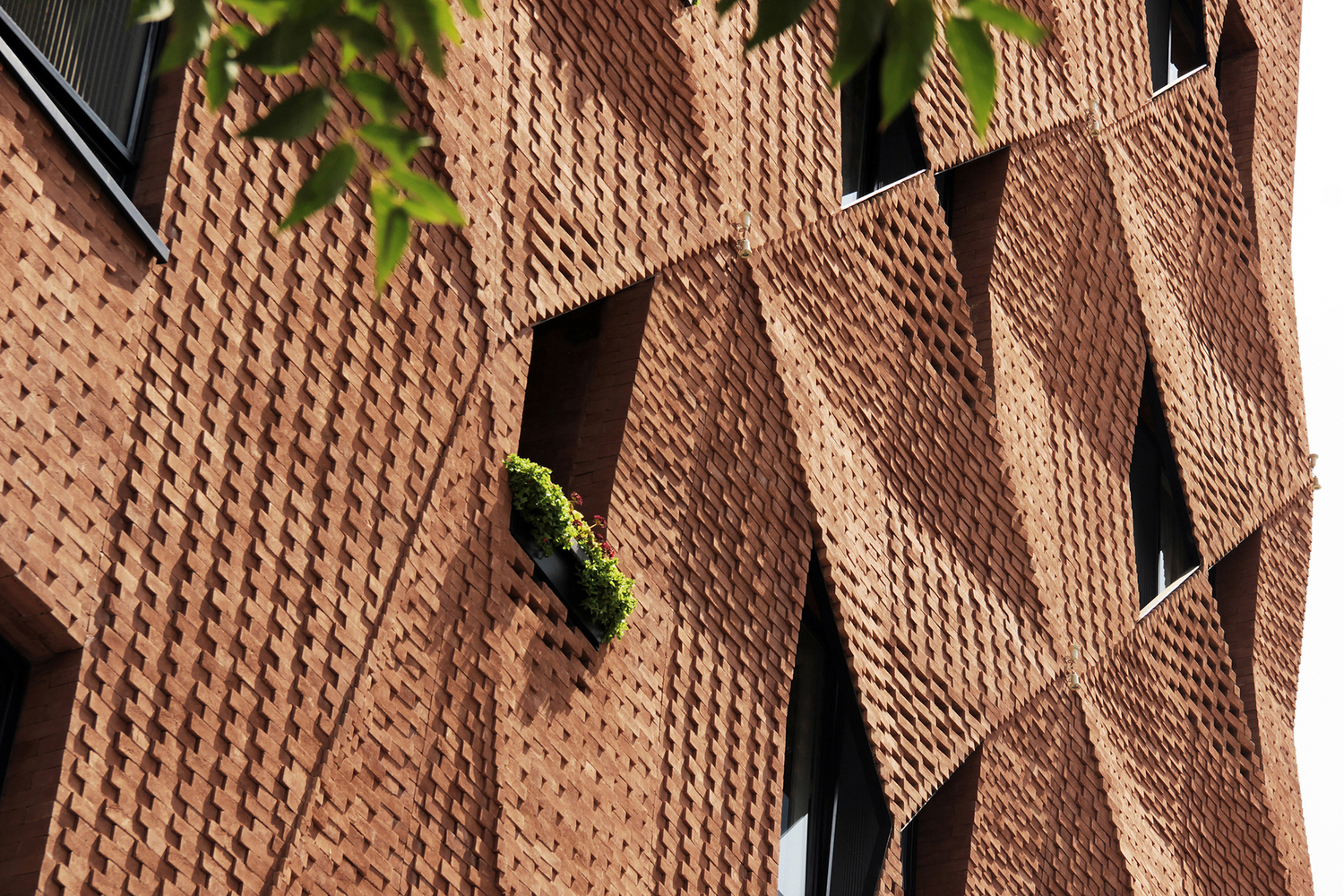









Leave a comment